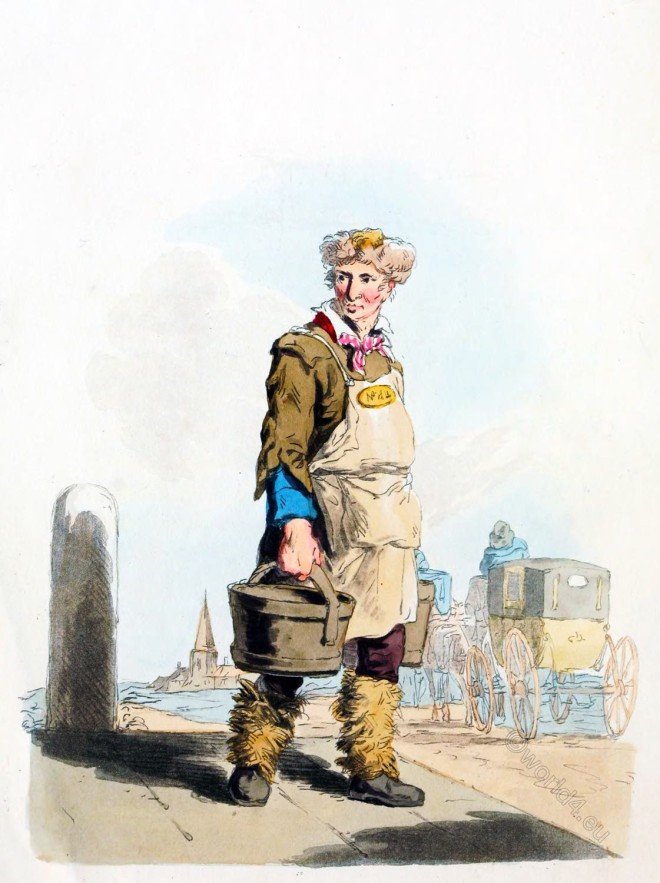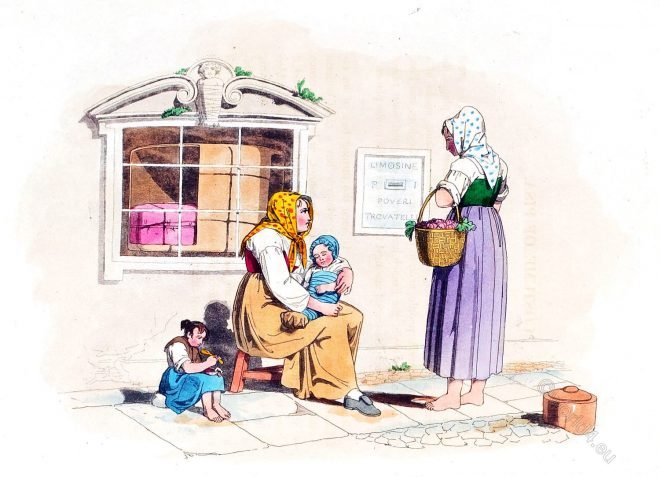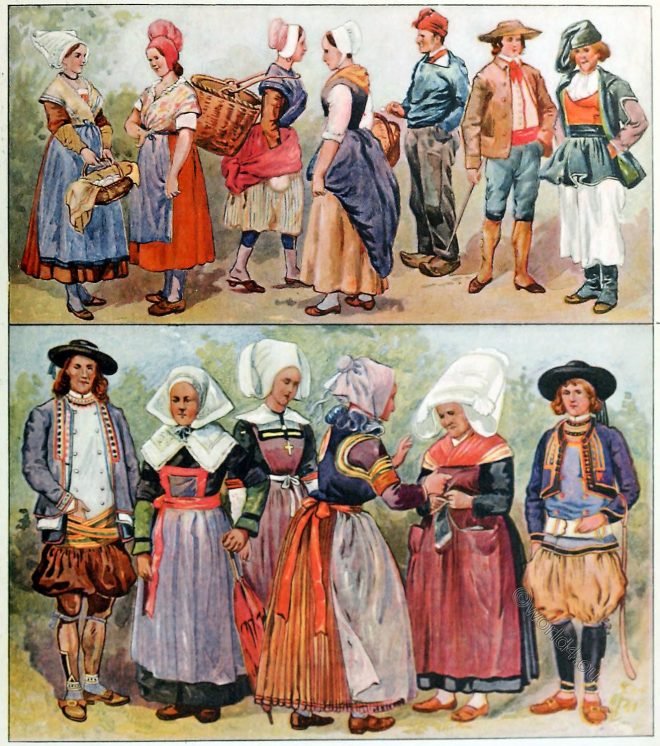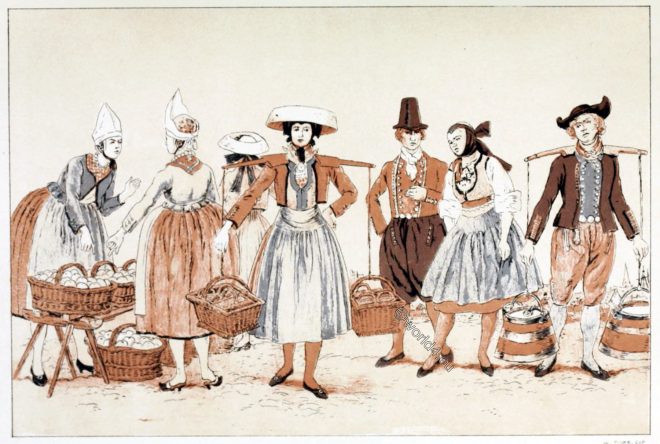At every stand for hackney-coaches in the metropolis, there is one or more persons termed watermen, whose occupation is to attend to the horses.
Category: Traditional
Syria. The clothing of woman and man.
Museum Extension Project.
Locals of Pisa in typical costume in front of an orphanage.
Locals of Pisa with English neckerchief and french handkerchief in front of an orphanage.
Historic Black Forest costumes from today’s Titisee-Neustadt.
Titisee-Neustadt, popularly known as the Forest Town (especially the Neustadt district), is a town in the southwest of the German state of Baden-Württemberg
France. Historical folk costumes from the Bordeaux area.
France Bordeaux. Folk costumes from Gradignan, Caudéran, Pessac, Laroque, Blaye. First half of the 19th century.
Folk costumes from the different regions of France. 19th Century.
French Folk costumes from Brittany, Normandy, Bourgogne-Franche-Comté, Provence, Hauts-de-France region, Haute-Savoie, Corsica.
Folk costumes from Hamburg and its surroundings.
Fruit seller from the Alte Lande. Vierlander men’s costume. Vierlander woman in dance attire. Milkman from the Hamburg area.
Historical costume from Tresnuraghes, Sardinia. 19th century.
Costume de Tresnuraghes (Sardeigne). Colección de láminas en colo par François-Claudius Compte-Calix, 1801.
Italy. Folk costumes in the Provinces of Rome and Ancona.
In the surroundings of Rome the picturesque costume of the contadini (farmers) has almost disappeared. Only occasionally do you see entire families of country dwellers in national costumes on the streets.
Dress of a Fisherman from Hastings in England, 19th c.
HASTINGS FISHERMAN. The fishermen are a bold, hardy class of men, and necessarily exposed to great fatigues and dangers in the winter months










